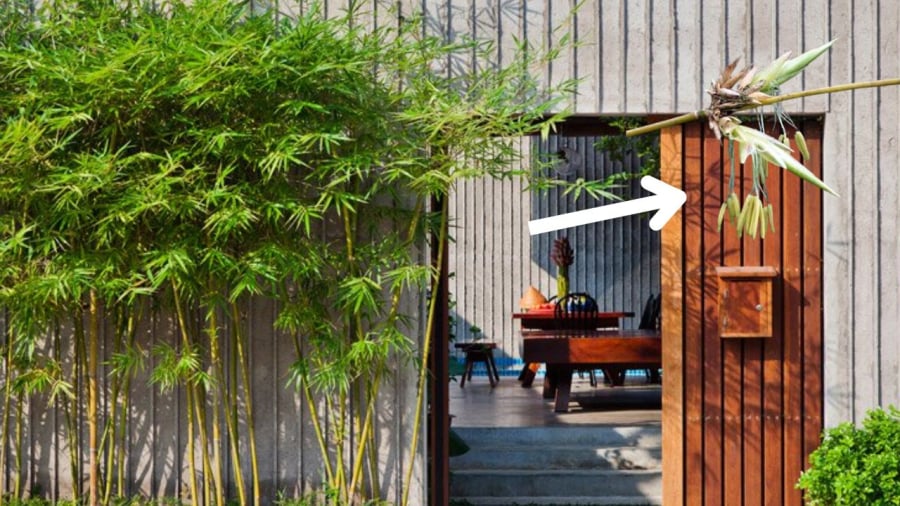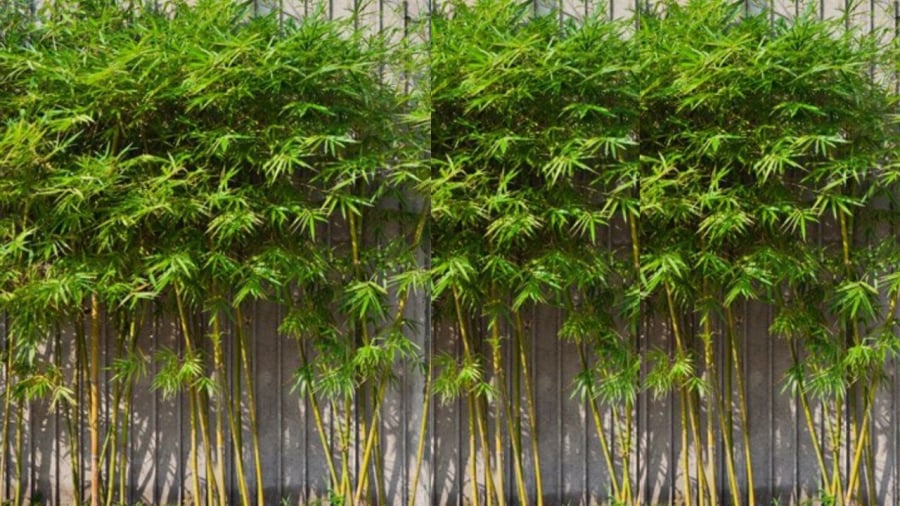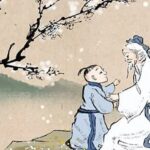Bamboo has traditionally been more than just an ornamental plant; it was a source of “bamboo wood,” used for building homes, scaffolding, and weaving household items such as baskets and trays. Thus, large bamboo groves were once a familiar sight. However, with the advancement of industrial life, these groves became a thing of the past. The tall, swaying bamboo produced sounds that evoked fear and a sense of gloom, and alternative materials emerged, rendering bamboo less useful over time.
Today, due to its traditional image, many people grow bamboo as a decorative plant. Its smaller size makes it suitable for landscaping, and it is often planted around and inside homes. Straight-growing bamboo symbolizes the noble person, and in folk belief, bamboo is associated with good feng shui, representing perseverance and strength of character.

Bamboo Blooming Can Be an Ominous Sign
**Why Did Ancient People Fear Bamboo Blooming?**
Flowers are typically reproductive organs, and their presence suggests the possibility of fruit and seeds for propagation. However, bamboo flowers are a source of dread. This is because bamboo takes many years to mature, often several decades before it blooms. When bamboo flowers, it is usually a sign of old age or an abnormal environmental change.
A blooming bamboo plant indicates that the plant is nearing the end of its life, and it will soon wither and die, leaving behind only young shoots that take a long time to grow. Therefore, bamboo flowering is often seen as a harbinger of environmental abnormalities or a sign that the grove is dying due to old age. It is believed that when bamboo flowers profusely, it is often followed by calamities such as droughts, earthquakes, and other natural disasters, further reinforcing the association between bamboo flowering and impending doom.

Bamboo Blooming: From Fear to Fascination
This fear of bamboo flowering led people to believe that when bamboo or bamboo groves flowered, it was a sign of impending doom, and the plants had to be cut down or relocated.
In the past, rice agriculture was heavily dependent on natural factors, as there were no water pumps or modern irrigation systems. Therefore, the flowering of bamboo and the associated fear of drought resulting in crop failure and poverty further deepened the ancient people’s dread of bamboo blooming.
**What Does It Mean If Your Indoor Bamboo Plant Blooms?**
It is quite normal to have bamboo plants indoors nowadays. Even today, bamboo flowering remains a rare occurrence, and if your plant does bloom, there is no need to panic like our ancestors did. There is no definitive evidence that a blooming bamboo plant brings bad luck to its owner. Many families find it intriguing and choose to admire the unusual sight.
*This information is for reference and personal reflection only.*



































